Have you ever wondered what goes into a cover crop or how Millborn Seeds gets the seed to the customer?
Here at Millborn Seeds, we take the right steps in order to deliver a high-quality product to the high-quality grower. Constant planting, monitoring, and harvesting of cover crops around the nation that end up in your blends happens year-round. Most are grown and sourced locally here in the Midwest that would fit everyday needs, but some seed just doesn’t quite reach maturity in 100 days. I’ll be walking you through a typical year of harvest across the Midwest.
In many cases, harvest in the Midwest will start in June/July. Harvest will start with Winter annuals like winter camelina, rye, winter triticale, winter wheat and a few others.
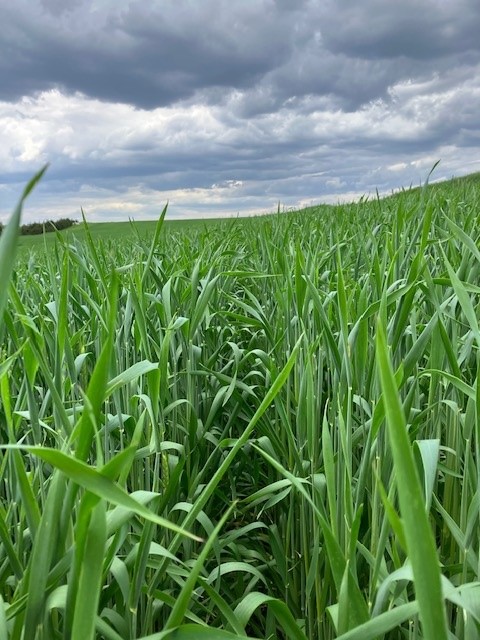
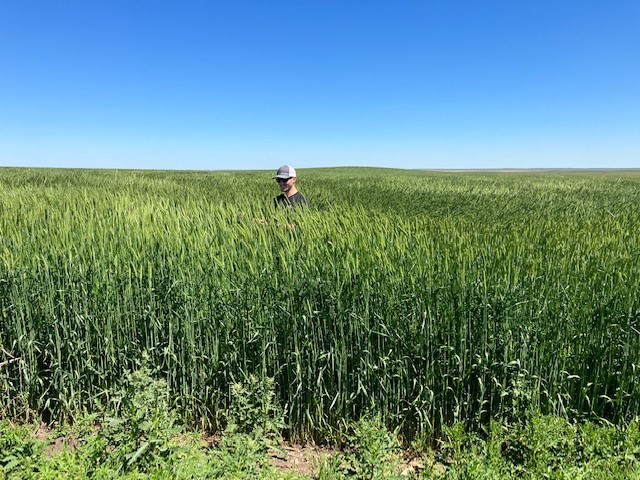
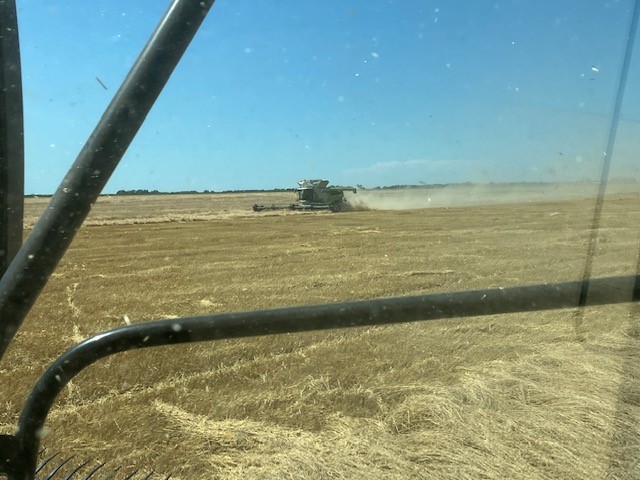
Following that are your spring annuals like peas, oats, spring wheat, spring triticale, lentils, flax, and barley to name a few.
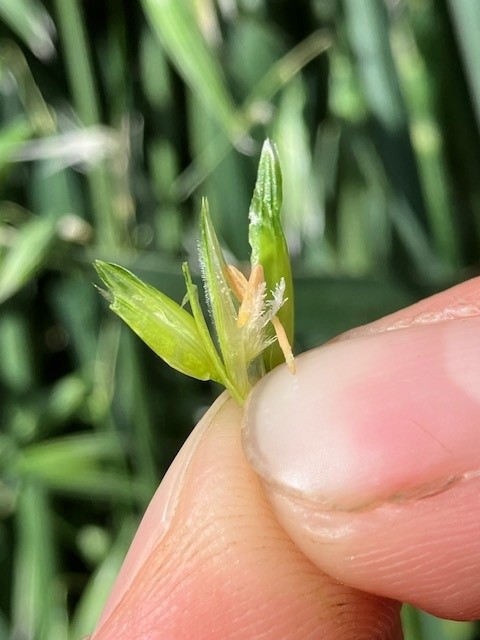

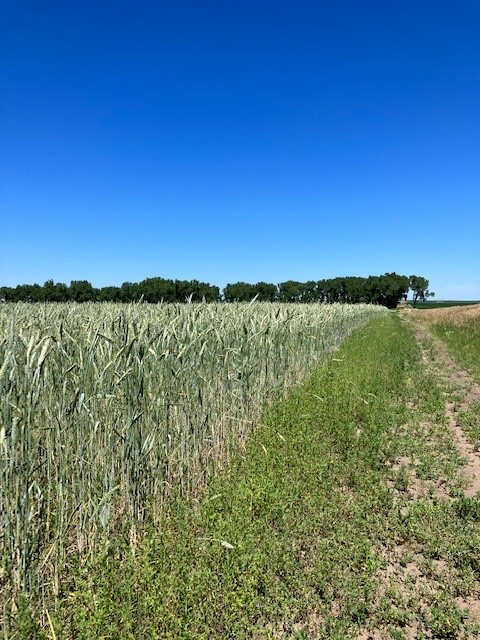
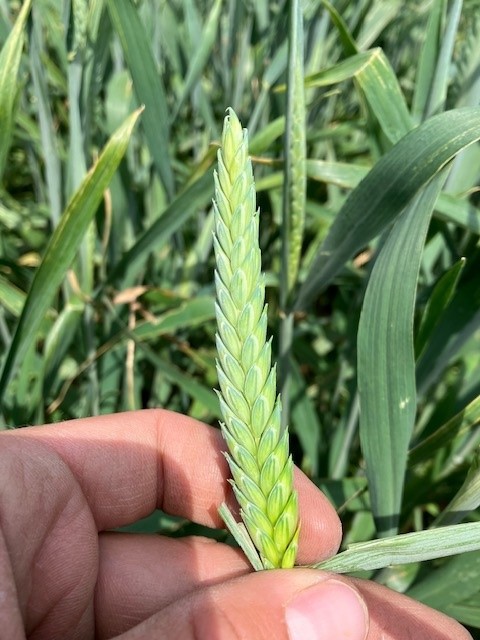


As the summer progresses, our cool season crops should be pretty much harvested by the end of August. We then roll into our warm season crops. The shortest season crop that can be grown during the summer is buckwheat, with seed to seed in as little as 10 weeks! There are also some longer day crops that can take 100+ days to produce a viable seed. As you move west, more of the drier warm season crops are being grown like safflower, sunflower, millet, and sorghum. Several types of millet can be planted from mid-May to July and will be harvested around first frost for the region.
All in all, with hundreds of different crops grown around world, it is quite neat to see the full cycle of when things are planted and harvested. I have only listed a few of the more common types of cover crops that are standard in a lot of mixes. From rye to buckwheat, we are always here to try and fit the right crop on the right acre.

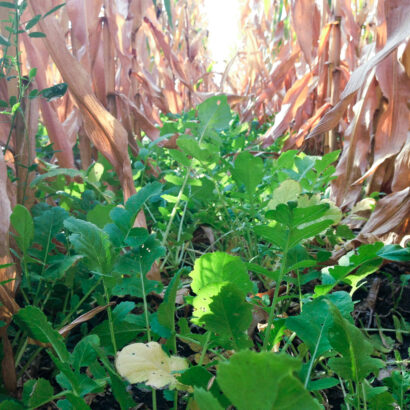
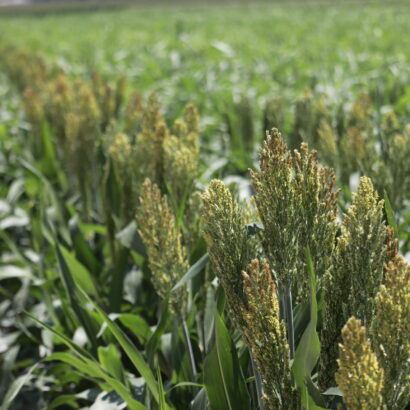
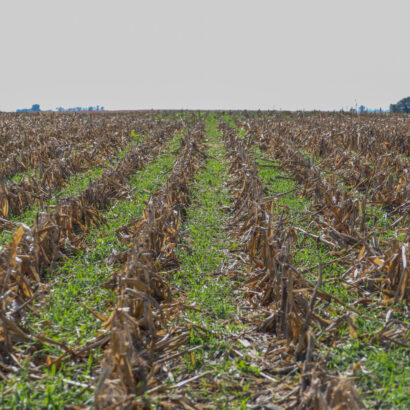
Discussion
0 Comments